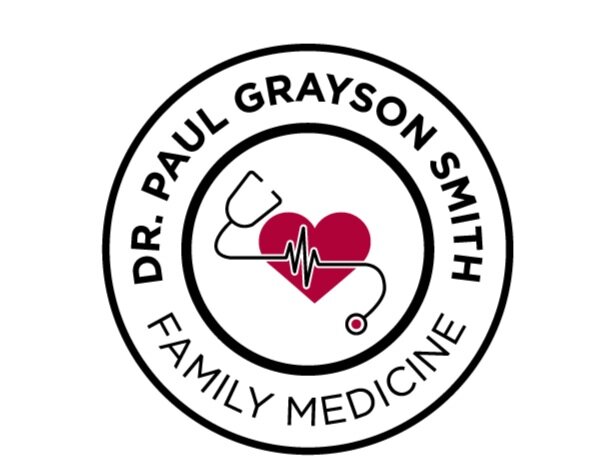October marks the “official” beginning of flu season, and it continues through February. Approximately 20% of Americans will catch a virus during this five-month time period and experience fever, chills, congestion, and body aches. But just because the flu is very common that doesn’t mean that the general public has a good understanding of the illness. Today we want to share with you 5 myths about the flue so that you know the truth about this virus and know what you can do to reduce your risk of the flu this season.
Myth #1 - You can catch the flu from the flu shot. - This is one of the most on-going rumors about the flu; the flu vaccine is made of dead viral particles, meaning that the virus cannot infect you because it is not a living virus. It does take 2 weeks for the flu shot to go into effect in your body because that’s how long it takes your body to form antibodies. This means that if you catch the flu before your shot or within 2 weeks after your shot, it isn’t actually caused by the flu shot.
Myth #2 - The flu includes gastrointestinal (stomach) symptoms. - While you may hear of the “stomach flu,” this is not the same thing as influenza. Some people may experience nausea as a symptom of influenza, but this isn’t common, so if you experience vomiting or diarrhea but not sniffles, you are dealing with a different virus, not influenza.
Myth #3 - Washing your hands often means you won’t get the flu. - While we always advise washing your hands thoroughly, flu season or not, hand washing alone doens’t stop the flu. Influenza is spread through air-born saliva from an infected individual. Because the flu can live up to 8 hours on surfaces, according to the CDC, you can become infected by touching surfaces that have been contaminated with the germs; therefore, washing hands to avoid illness does make sense, but a flu vaccine is the only way to truly avoid the flu.
Myth #4 - Pregnant women can’t get the flu shot. - Pregnant women should get the flu shot because, in addition to protecting mom, it can also protect the baby after its born while the baby is too young to get the vaccine themselves. This is due to the antibodies that form in your body in response to the flu shot. Therefore, the antibodies that will develop in a pregnant woman will protect their baby after birth, as well as protecting the mom-to-be from the elevated risks of the flu that come with pregnancy.
Myth #5 - Antibiotics can cure the flu. - Because influenza is a virus (not a bacteria), there’s no point in taking antibiotics. Antiviral medicine may help, such as Tamiflu, but once the flu has struck, there isn’t much to do to get quick relief. The most important thing is to get the flu vaccine, but if you still find yourself infected, it’s important to get rest, drink lots of water, get relief from over-the-counter fever reducers (Ibuprofen and acetaminophen), and wait it out.
We hope that this information will help you better understand influenza. While the flu can wreak havoc on your body, it can be prevented - give our office a call today to schedule your flu vaccine and avoid the flu this season.

